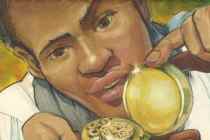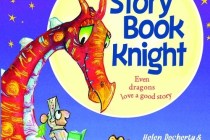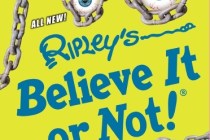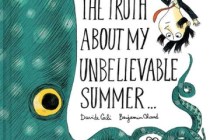‘Joyce Westerman: Baseball Hero’ is a great catch
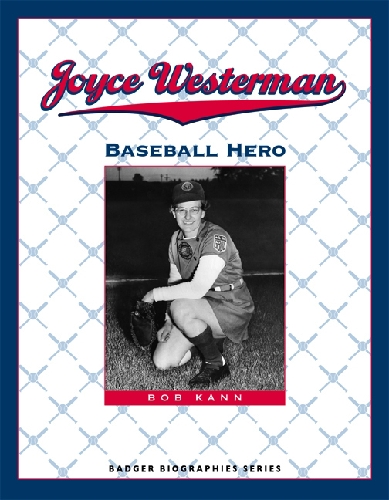
You’ve waited all winter long for this season.
It’s not that you don’t like that time of year. You enjoy doing things outside when it’s winter and there’s always Christmas, which is great.
And it’s not that school’s almost done, because you like school. You like warm weather and Easter, too, but that doesn’t explain why this is your favorite time of year.
This is your season because of one thing: baseball.
You. Love. Baseball, and everything about it. So what would you think if your favorite team signed on a girl? In the new book "Joyce Westerman: Baseball Hero" by Bob Kann, you’ll see that the idea isn’t so odd.
Little Joyce Hill was born in Kenosha, Wis., in 1925, a few years before the Great Depression. Joyce was always a tomboy and preferred boy’s games over girl stuff. Most of all, she loved baseball and she thought she was a better hitter than any boy, even though baseball was thought to be a sport just for guys.
When she was 12, Joyce joined a softball team and played with women who were much older. She was still in high school and playing softball on local teams when the United States began fighting in World War II.
Baseball was American’s pastime then, and though most of the pros immediately joined the war effort, President Roosevelt declared that baseball was important to American morale. It was so important, in fact, that a Chicago businessman decided to start a women’s baseball league.
Would people want to watch women play ball? The answer was "YES!"
In the spring of 1943, the All-American Girls Softball League began with four teams. Eventually, there were several teams in Wisconsin, Indiana, Illinois, and Michigan. Joyce (who joined in 1945) and her fellow teammates played in skirts and were required to have long hair. They traveled by bus to games around the country and earned $55-$110 a week, but only during baseball season.
After World War II, though, attendance at women’s league games began to drop. That was okay with Joyce, who had gotten married. She wanted to quit and raise a family, so she left baseball in 1952. The league ended in 1954.
Still, says Joyce, "We showed people we could do it."
Yes, you read that right: $110 dollars a week. That’s just one of the surprises your little slugger will learn in this baseball-lover’s dream-book.
Using the life story of one Girls League ballplayer, Kann shares a small bit of women’s history that many kids might not know about. Kann explains how Westerman and her fellow ballplayers changed the way America looked at women and competition, and how they started the ball rolling for equality in sports. Ball-crazy kids will also appreciate that he uses real terms they’ll understand.
If you’re looking for ways to keep your young sports nut reading this summer, take this book out to the ball game. For any 7- to 11-year-old kid who lives and breathes baseball, "Joyce Westerman: Baseball Hero" is worth catching.





